Lake Manasarovar
Brief introduction of Lake Manasarovar
Lake Manasarovar, also called Mapam Yumtso, is a high altitude freshwater lake fed by the Kailash Glaciers near Mount Kailash in the Tibet Autonomous Region, China. The lake is revered a sacred place in four religions: Bön, Buddhism, Hinduism, and Jainism. It is the highest freshwater lake in the world.
Location: Tibet Autonomous Region, China
Coordinates: 30.65°N 81.45°E
Surface area: 410 km2 (160 sq mi)
Max. Depth: 90 m (300 ft)
Surface elevation: 4,590 m (15,060 ft)
Frozen: Winter
Religious significance of Lake Manasarovar
According to Hinduism, the lake was first created in the mind of the Lord Brahma after which it manifested on Earth. In Hinduism, Lake Manasarovar is a personification of purity, and one who drinks water from the lake will go to the abode of Shiva after death. He or she is believed to be cleansed of all their sins committed over even a hundred lifetimes.
Like Mount Kailash, Lake Manasarovar is a place of pilgrimage, attracting religious people from India, Nepal, Tibet and neighboring countries. Bathing in Manasarovar and drinking its water is believed by Hindus to cleanse all sins. Pilgrimage tours are organized regularly, especially from India, the most famous of which is the yearly "Kailash Manas Sarovar Yatra". Pilgrims come to take ceremonial baths in the waters of the lake.
Buddhists associate the lake with the legendary lake Anavatapta (Sanskrit; Pali Anotatta) where Maya is believed to have conceived Buddha. The lake has a few monasteries on its shores, the most notable of which is the ancient Chiu Monastery built on a steep hill, looking as if it has been carved right out of the rock. Lake Manasarovar has long been viewed by the pilgrims as being nearby to the sources of four great rivers of Asia, namely the Brahmaputra, Ghaghara, Sindhu and Sutlej, thus it is an axial point which has been thronged to by pilgrims for thousands of years. The region was closed to pilgrims from the outside following the Battle of Chamdo; no foreigners were allowed between 1951 and 1980. After the 1980s it has again become a part of the Indian pilgrim trail
Where to stay if making a visit to Lake Manasarovar
There are several guest houses in the small village near Ji wu temple. The guest houses are of humble conditions and lack of electricity. CNY 100 each bed. The only benefit is that these hotels are near to lake and you can appreciate sunrise and waterfowl.
Walking the kora around the lake
The circumference of the holy lake is about 90 kilometers. It takes 4 days to circle around the lake clockwise. Along the way, 2/3 of the route (clockwise from Seralung Temple to Chiu Gonpa) is close to the lake shoreline, and the road to the north passes through Huo’er Township. The path is filled with beaches, gravel and swamps alternately, but it is still passable for vehicles. In the southeast of the lake, there are several rivers that are injected into the lake. Tourists need to cross the rivers.
Remember to bring some dry food. Along the way, there are only humble temples available for accommodation. Hiking along the lake is not as difficult as trekking around the mountains. But walking on the soft sand road is also very labor-consuming. It is especially difficult to cross the streams on the southern shore of the lake. There are far less people walking the kora around the lake than circling the mountains. Although the scenery along the way is beautiful, but there is no change. It will be boring to see the similar scenery for several hours in a row. And during the rainy season, the several rivers that pass through the road will cause a lot of trouble. Most travelers only spend a few days at the Juwu Temple.
There is no rule as to where to start the kora. The only requirement is to complete a closed circle clockwise. Considering the convenient transportation, most people start from the Jiwu Temple in the northwest corner of the holy lake. Generally, tourists can circle the lake by car. During the peak season, there will be local people operating vehicles to carry tourists to the lake.
The circling route
Day 1 from the Jiwu Temple to Hall (7.5 hours)
Day 2 from Hall to Selangor Temple (3 hours)
Day 3 from Selanger Temple to Chugu Temple (7 hours)
Day 4 from Chugu Temple to Jiwu Temple (9 hours)
Photography tips
Best time for photographing in Lake Manasarovar
Spring and Autumn are the most appropriate seasons to shoot the lake. The climate in these two seasons is relatively dry. In summer, the temperature is more comfortable, but at the same time, there are more rainfall. Accidents may happen from Lhasa to the lake. However, there are many pilgrimages to the lake in the summer, including believers from India and Nepal. Therefore, you can take many photos of the humanities theme.
Best places for photographing
1. Ji wu temple
Ji wu temple wins its reputation for many tourists stay overnight in the Jiwu Village near it. Get up early and climb up to the hill to shoot the gorgeous sunrise of Lake Manasarovar and Mount Kailash in the distance. Located at the western bank of Manasarovar, Ji wu temple is just in the direction of sunrise and also the perfect place to shoot the sunset. In addition, you can shoot the scenery of Ji wu village, Gurla Mandhata( also called goddess peak) and grazing cattle and sheep. There is a hill northeastward of Ji wu temple, where you can appreciate the bay and shoot the mirroring of Gurla Mandhata.
2. Chugu temple
Chugu temple is the largest temple among the five temples around Manasarovar. It is located to the south of Manasarovar and 20 kilometers away from Ji wu temple. View from the top of temple, travelers can feel that the lake is just under your feet. This is the perfect shooting angle of the Holy Mountain and the sacred Lake. In summer, you can easily encounter the pilgrims from India and Nepal bathing in the lake.
3. Lake Rakshastal
Lake Rakshastal is a lake in Tibet, lying just west of Lake Manasarovar and south of Mount Kailash. At 10 kilometers away from Ji wu temple, the “Ghost Lake” is a saltwater lake which is separated from Lake Manasarovar. Despite its close proximity to Lake Manasarovar (about 3.7 kilometres or 2.3 miles), Lake Rakshastal does not share the historic religious significance of its eastern neighbor.
You can drive directly to the lakeside. Its ice formation period is longer than that of Manasarovar and hence it is quite suitable for shooting the melting ice of the lake.





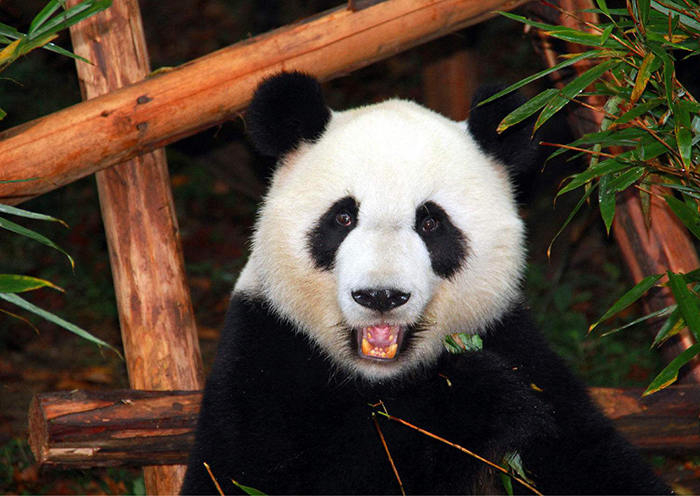
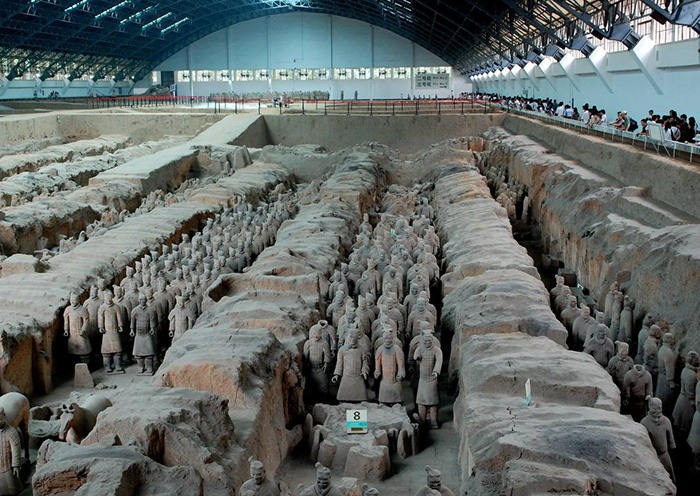
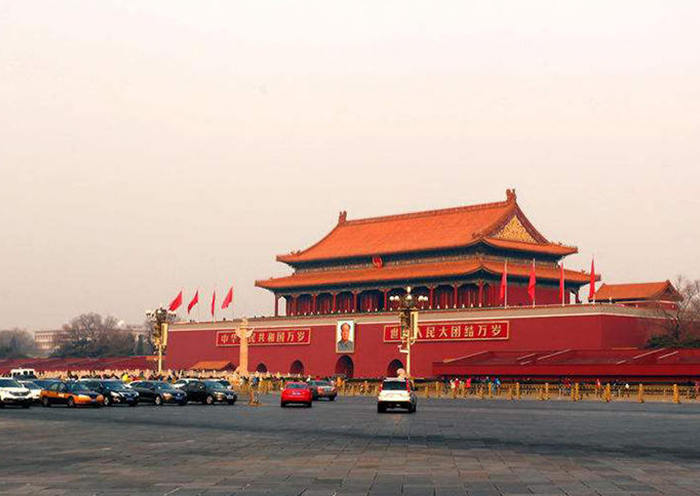
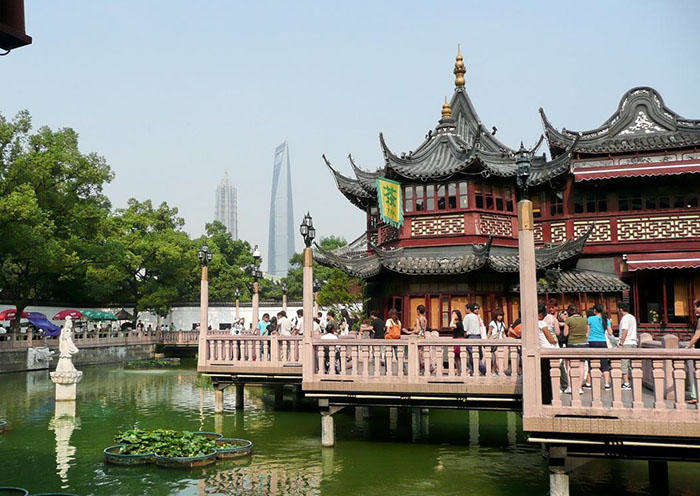
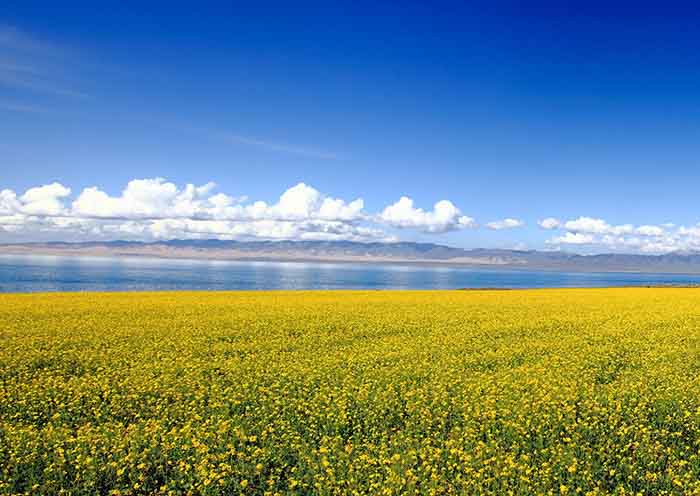
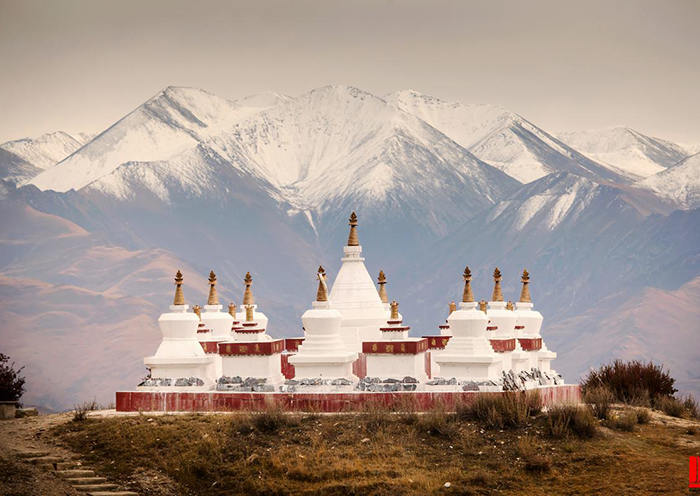
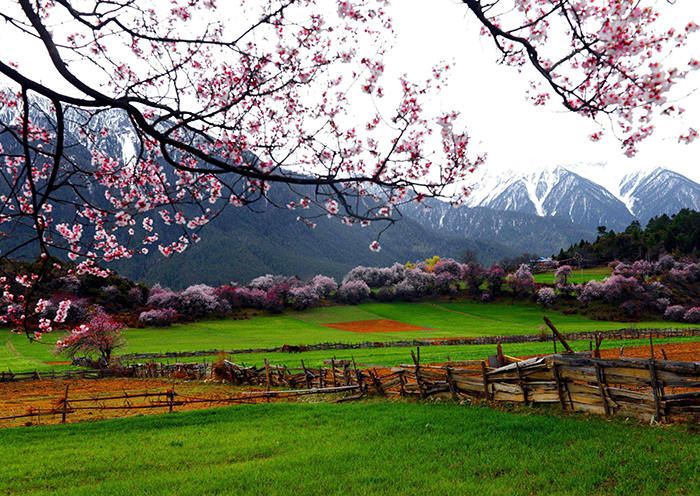
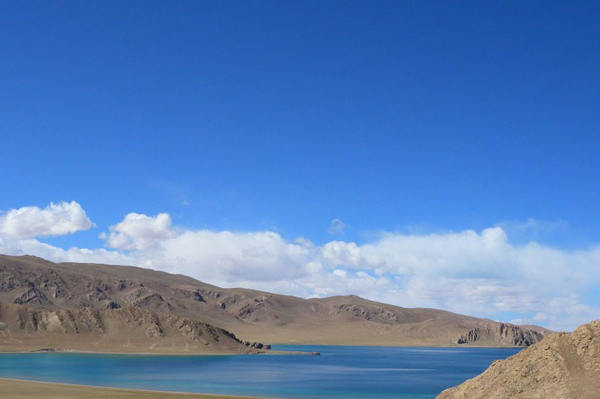
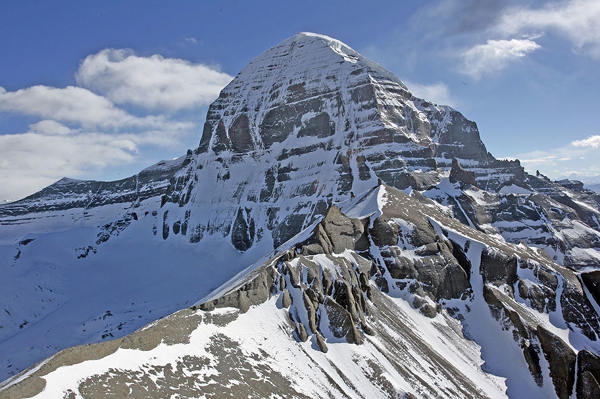

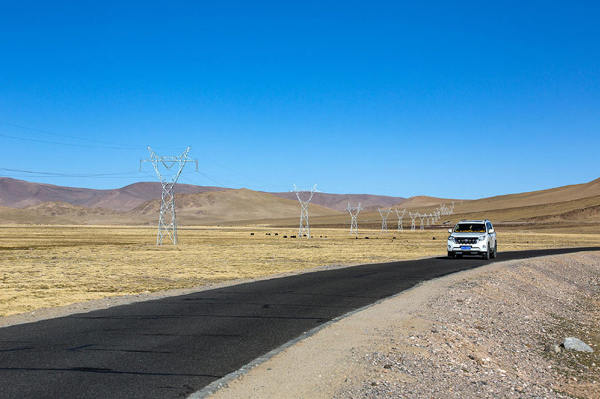



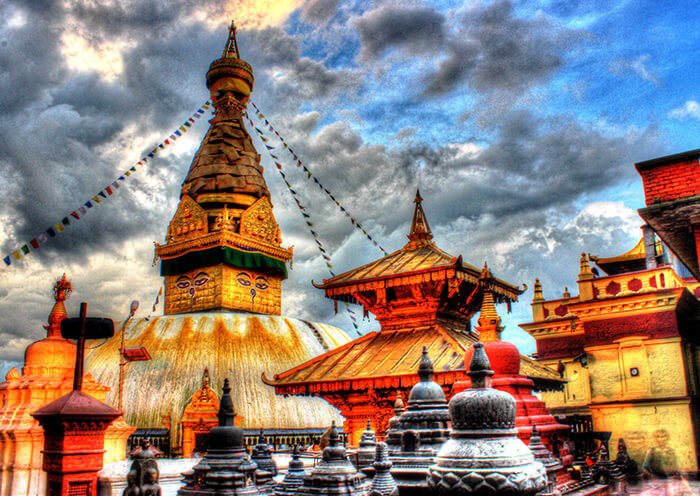
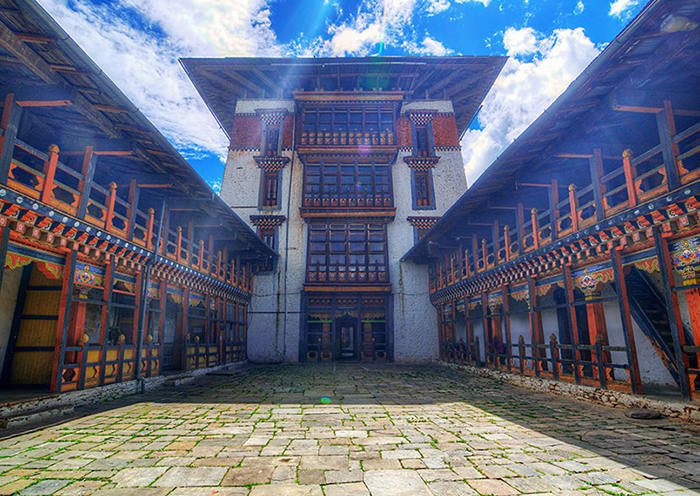





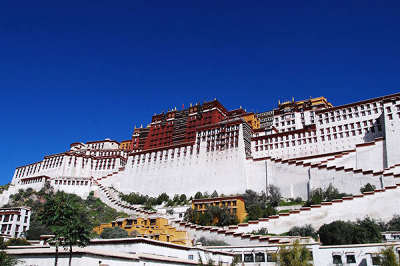
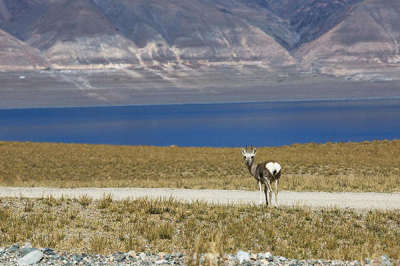
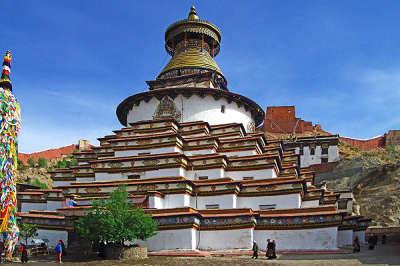
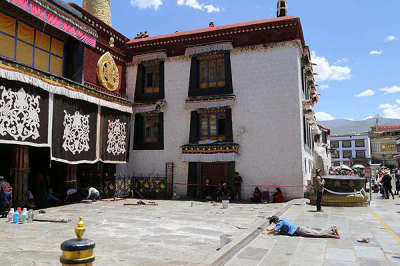


 Data in submission...
Data in submission...